No-Till Farmer Influencers & Innovators
[Podcast] Guy Swanson and the Yielder Drill
In this episode of the No-Till Farmer Influencers & Innovators podcast, brought to you by Calmer Corn Heads, No-Till Farmer editor Frank Lessiter talks Guy Swanson, who, along with his father, Mort, developed the Yielder drill, nicknamed “Old Yeller” which helped producers in the Palouse area no-till crops on steep slopes.
Read More


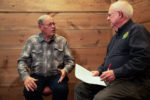
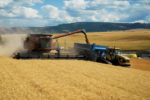
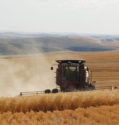
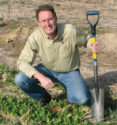
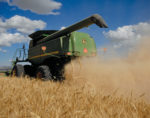
.png?height=125&t=1731942302&width=150)




